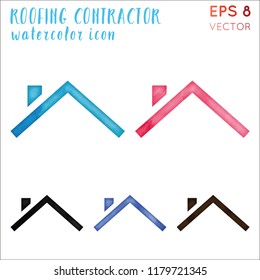How Can Choosing The Ideal Shades Improve Your Brand'S Beauty In Business External Paint? Discover The Essential Variables That Inform Your Options
How Can Choosing The Ideal Shades Improve Your Brand'S Beauty In Business External Paint? Discover The Essential Variables That Inform Your Options
Blog Article
Write-Up By-Hollis Mouritzen
When it concerns industrial exterior paint, the colors you pick can make or break your brand name's appeal. Comprehending how various colors influence understanding is key to attracting consumers and building trust fund. However it's not just about personal preference; local patterns and laws play a substantial duty too. So, how do you locate the perfect equilibrium in between your vision and what resonates with the neighborhood? Let's discover the important aspects that guide your shade selections.
Comprehending Shade Psychology and Its Effect On Company
When you pick colors for your organization's outside, recognizing color psychology can substantially affect just how potential clients view your brand name.
Colors evoke emotions and set the tone for your company. For instance, blue usually communicates depend on and professionalism, making it ideal for banks. Red can develop a feeling of seriousness, excellent for restaurants and clearance sales.
Meanwhile, environment-friendly represents growth and sustainability, attracting eco-conscious customers. Yellow grabs interest and triggers positive outlook, yet too much can bewilder.
Consider just click the up coming internet site and the message you want to send out. By picking the best colors, you not just improve your visual charm however additionally align your picture with your brand name worths, inevitably driving client engagement and commitment.
Studying Resident Trends and Regulations
How can you guarantee your external painting choices reverberate with the area? Beginning by researching local fads. Visit neighboring businesses and observe their color pattern.
Keep in mind of what's popular and what feels out of location. This'll assist you align your options with area looks.
Next, check local policies. Numerous communities have guidelines on outside colors, specifically in historic areas. You do not wish to spend time and cash on a palette that isn't compliant.
Involve with local company owner or area teams to collect insights. exterior house painting edmonton can provide useful responses on what shades are popular.
Tips for Integrating With the Surrounding Setting
To develop a cohesive appearance that blends perfectly with your surroundings, think about the natural environment and architectural styles nearby. Beginning by observing the colors of nearby structures and landscapes. click here for more like eco-friendlies, browns, and soft grays commonly function well in natural settings.
If your home is near lively metropolitan locations, you could choose bolder shades that show the local power.
Next, think about the architectural design of your building. simply click the next internet site may take advantage of classic colors, while modern-day styles can welcome contemporary combinations.
Check your shade choices with samples on the wall to see how they interact with the light and environment.
Ultimately, remember any type of neighborhood standards or area aesthetic appeals to guarantee your choice improves, as opposed to clashes with, the surroundings.
Conclusion
Finally, selecting the appropriate colors for your industrial outside isn't practically aesthetics; it's a calculated decision that affects your brand's perception. By taking advantage of color psychology, considering neighborhood patterns, and ensuring harmony with your surroundings, you'll create an inviting atmosphere that draws in clients. Do not fail to remember to test examples prior to committing! With the ideal approach, you can raise your organization's aesthetic charm and foster long-term client engagement and commitment.
